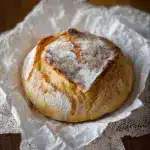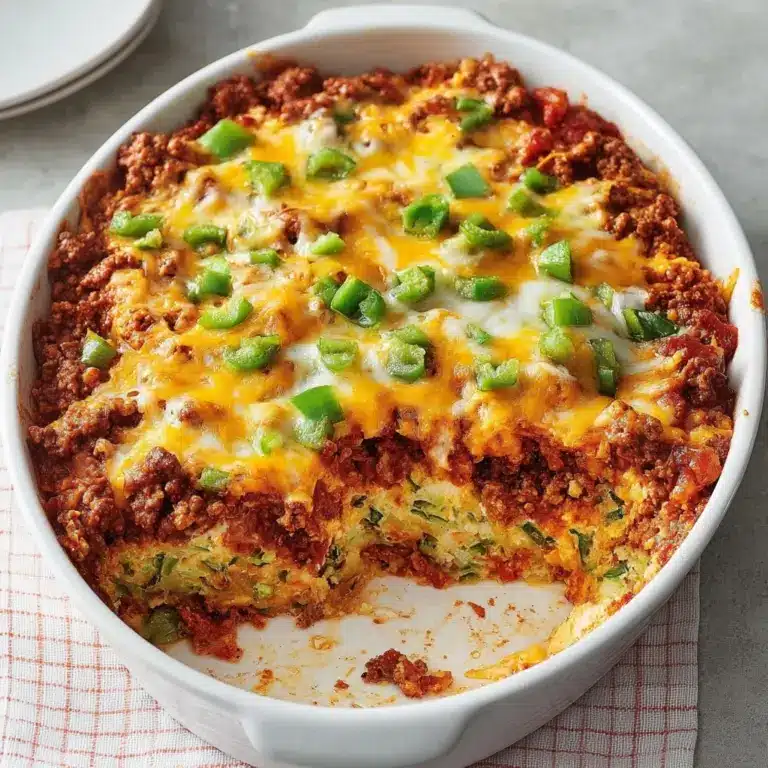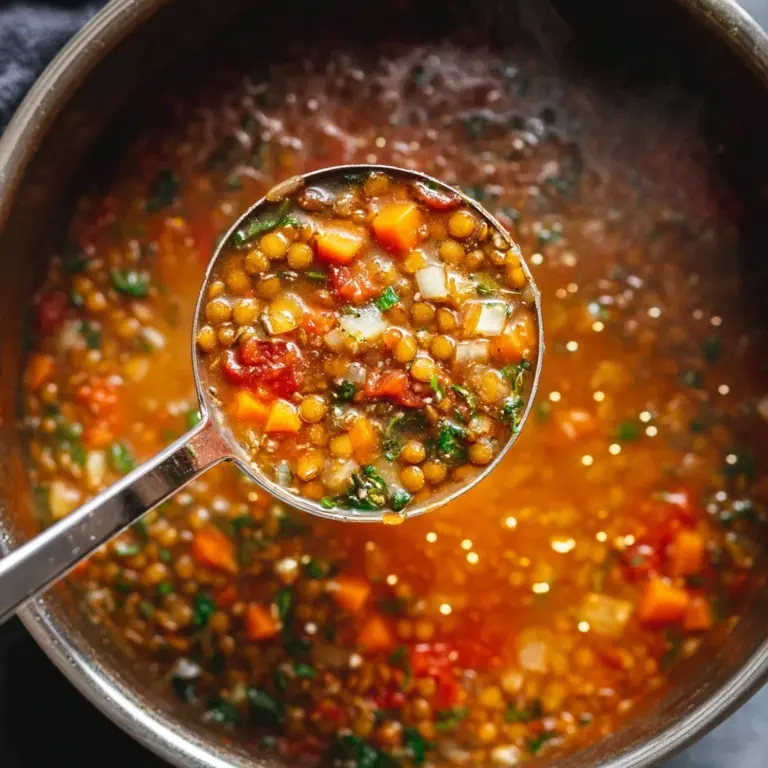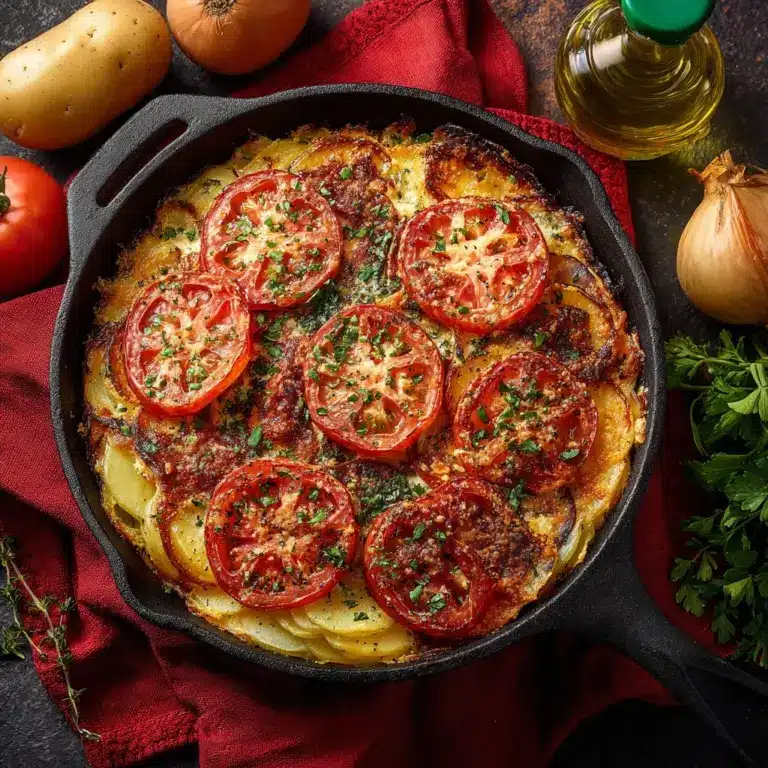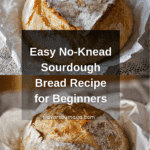No Knead Sourdough Bread for Beginners Recipe
If you’ve ever dreamed of baking your own artisan bread without the fuss of complicated kneading techniques, this recipe for No Knead Sourdough Bread for Beginners is going to be your new best friend. It’s a wonderfully forgiving, hands-off approach that transforms simple pantry staples into a crusty, flavorful loaf with a chewy crumb and that signature tang only sourdough can deliver. Trust me, once you nail this method, the smell of fresh-baked sourdough wafting through your kitchen will be utterly irresistible and a new weekend ritual is born.
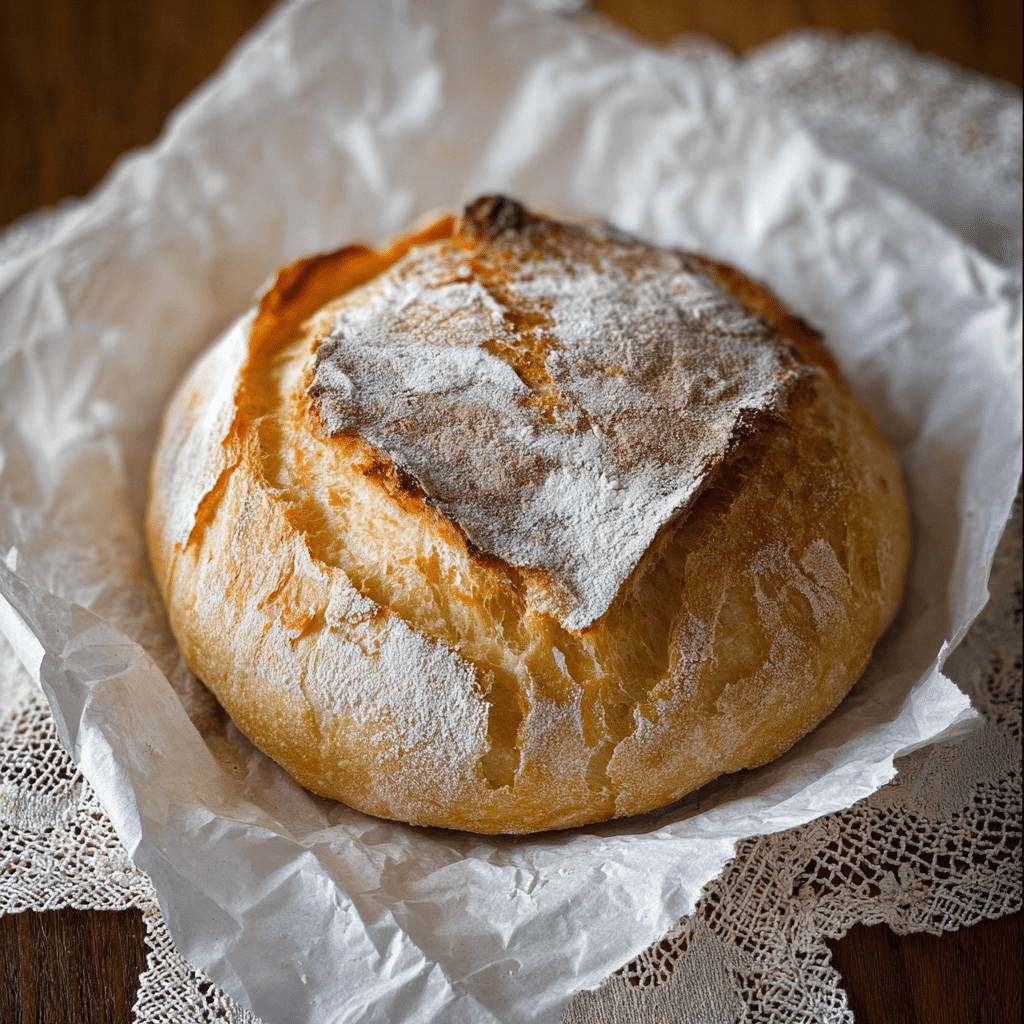
Ingredients You’ll Need
This recipe only calls for simple, everyday ingredients, but each plays a crucial role in making your bread rise beautifully and taste amazing. They work together to create that perfect balance of texture, flavor, and color that makes No Knead Sourdough Bread for Beginners so special.
- ½ cup sourdough discard: Adds that natural tang and jumpstarts the fermentation process for flavor and depth.
- 2 teaspoons instant yeast: Gives an extra boost to the rise without complicated timing.
- 1 cup warm water: Hydrates the dough and activates the yeast for a perfect crumb.
- 2 cups bread flour: Provides strong gluten structure for a chewy crust and airy interior.
- 1 ½ cups bread flour: Additional flour to build the dough’s body and strength.
- ½ cup warm water: More moisture to keep the dough soft and workable.
- 2 teaspoons salt: Enhances flavor and tightens gluten for texture and taste.
- ½ tablespoon instant yeast: Helps speed fermentation without overpowering sourdough character.
- 1 cup warm water: Ensures the dough stays perfectly hydrated throughout mixing.
- 3 cups bread flour: More structure for the final dough stage.
- 1 cup all-purpose flour: Balances the dough’s tenderness with bread flour strength.
- ¾ cup warm water: Final touch of hydration for effortless folding and rising.
- 2 teaspoons salt: Final seasoning to round out flavor and dough development.
How to Make No Knead Sourdough Bread for Beginners
Step 1: Mix the Dough
Start by combining everything from the first mix in a large bowl with a wooden spoon or dough whisk. You’ll create a very wet, sticky dough, and don’t worry if it seems loose—that’s exactly what you want. This initial mix encourages gluten to start developing naturally, setting the stage for your perfect loaf.
Step 2: Add Second Mix Ingredients
Next, add the remaining ingredients to the dough. I find mixing near the sink makes wetting your hands easier, which really helps handle the sticky dough without messing up the structure. This step layers in more flour, salt, and yeast, further building the perfect dough foundation.
Step 3: Rest and Incorporate Salt
Let the dough rest for about 10 minutes. Afterward, mix salt dissolved in a little water into the dough by squeezing it in—this ensures even distribution and enhances gluten development. Cover and rest again for 10 minutes to allow everything to come together.
Step 4: Fold the Dough
Time for the magic of folding! Stretch and fold the dough over itself four times while rotating the bowl, then cover and rest for 15 minutes. Repeat this folding twice more for a total of three folds. These gentle folds strengthen the dough without kneading and help trap air bubbles for a light, airy crumb.
Step 5: First Rise
Cover your bowl with plastic wrap or a kitchen towel and leave your dough to rise at room temperature for 1 to 2 hours. The yeast and sourdough discard work together here, bubbling up the dough and building that lovely sourdough tang and structure.
Step 6: Shape the Dough
Flour your work surface lightly and use wet hands or a dough scraper to gently turn out the dough. Be gentle to keep as many air bubbles as possible. Let it rest for 10 to 15 minutes, then shape into a round or oblong loaf, placing it seam side down on a piece of parchment paper. This gentle handling preserves the airy crumb that makes this bread so delightful.
Step 7: Second Rise
Cover the shaped dough again and let it proof for another 1 to 2 hours, depending on your kitchen temperature. This final rise allows the dough to relax and expand, ensuring a beautiful oven spring and airy texture when baked.
Step 8: Preheat and Bake
About 45 minutes before baking, place your Dutch oven or baking vessel into your oven and preheat to 400°F (232°C). When ready, carefully transfer your dough (parchment and all) into the hot Dutch oven. Score the top with a sharp blade to help the bread expand evenly and add a few tablespoons of water at the bottom corner of the parchment to create steam—this helps develop that iconic crackly crust. Bake covered for 20 minutes, then uncover and bake for an additional 15 to 20 minutes until the crust is a deep golden brown.
Step 9: Cool and Enjoy
Remove your loaf to a cooling rack and let it rest for at least an hour. This resting period is crucial; slicing too soon traps steam inside and can gum up your crumb. Patience here leads to a beautifully baked sourdough loaf with a crackling crust and soft, chewy inside that will have you reaching for seconds.
How to Serve No Knead Sourdough Bread for Beginners
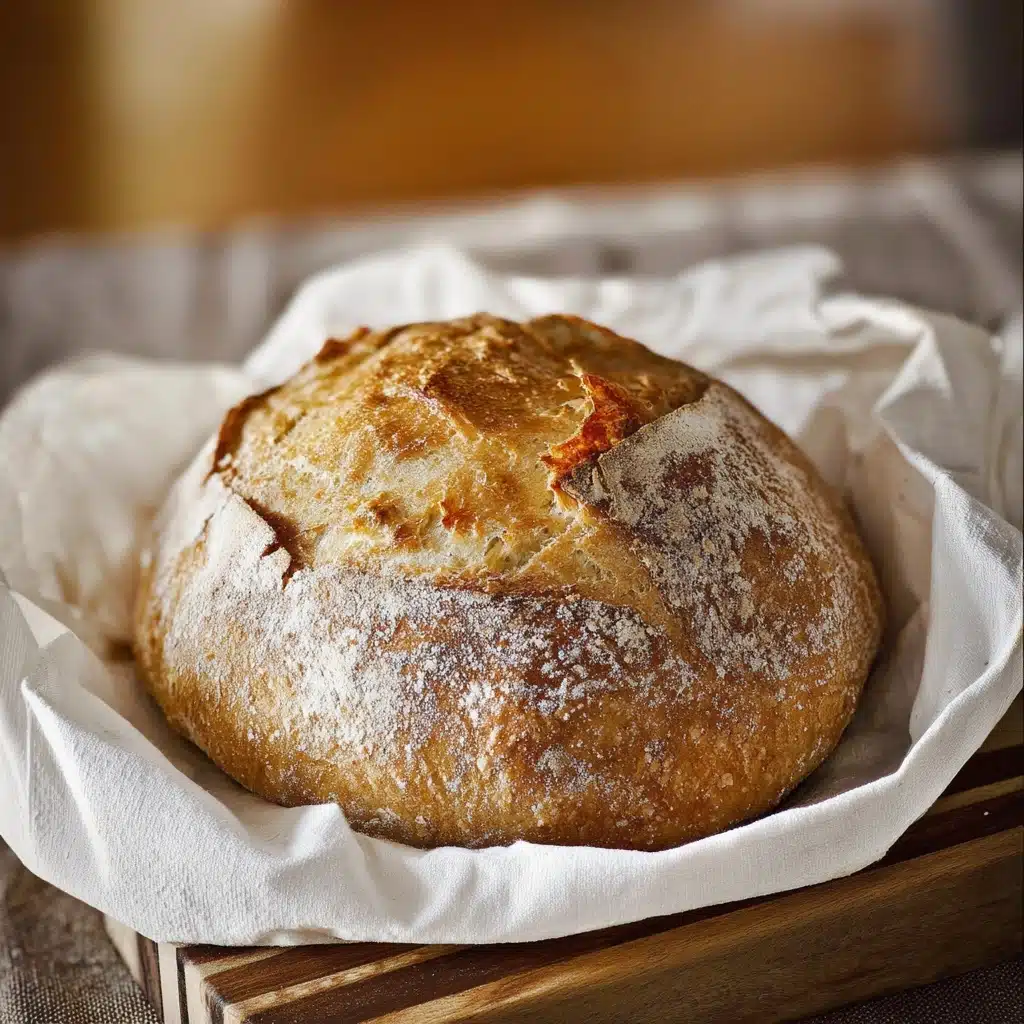
Garnishes
This bread shines on its own, but adding a sprinkle of flaky sea salt or a brush of olive oil infused with fresh herbs elevates the experience. You can also toast the slices slightly and add a little smashed garlic for a fragrant, savory touch that’s incredibly comforting.
Side Dishes
No Knead Sourdough Bread for Beginners pairs beautifully with a wide range of dishes. Think hearty stews, creamy soups, or a fresh salad. It also makes an incredible base for layered bruschetta or simply dunking into extra-virgin olive oil and balsamic vinegar for a simple snack or appetizer.
Creative Ways to Present
For entertaining, try hollowing out the loaf to create a rustic bread bowl filled with warm chili or spinach artichoke dip. Sliced and toasted thick, it’s the perfect canvas for everything from avocado smash to smoked salmon and crème fraîche. The characteristic tang perfectly complements both sweet and savory toppings, making it a versatile crowd-pleaser.
Make Ahead and Storage
Storing Leftovers
If you have any leftover No Knead Sourdough Bread for Beginners, store it loosely wrapped in a cloth or paper bag at room temperature. This allows the crust to stay crisp while the crumb remains soft. Avoid plastic wrap unless you want a very soft crust, as it traps moisture.
Freezing
To keep your bread fresh for longer, slice it and freeze in an airtight bag. Pull out slices as needed—perfect for quick toast or sandwiches. Freezing preserves the flavor and texture without wasting your delicious efforts.
Reheating
For a freshly baked feel, reheat the bread in a 350°F oven for about 10 minutes. If frozen, thaw slices first and then toast or warm as desired. This reawakens the crust’s crispiness while keeping the inside tender and chewy.
FAQs
Can I make this bread without any instant yeast?
Yes, but it will require a much longer fermentation time since you’re relying solely on natural sourdough yeast. For beginners, the instant yeast speeds things up and ensures a reliable rise every time.
Why does the dough need to be so wet?
A wetter dough encourages gluten development without kneading and helps create those delightful air pockets inside the bread. It might look messy at first, but with folding and resting, it transforms beautifully.
Do I have to use a Dutch oven?
While a Dutch oven is ideal for trapping steam and creating a crusty exterior, you can use other covered baking vessels or even a baking stone with a pan of water to add steam. Just make sure to score the dough before baking.
How can I tell when the bread is fully baked?
The crust should be deep golden brown and sound hollow when tapped on the bottom. Internal temperature checked with a thermometer should read around 200°F for a perfect bake.
Can I substitute all-purpose flour for bread flour?
You can, but bread flour contains more protein, which gives better structure and chew. Using all-purpose flour will still work but expect a softer crumb and less rise.
Final Thoughts
This No Knead Sourdough Bread for Beginners recipe truly unlocks the joy of home baking with minimal effort and maximum reward. Give it a try—you’ll soon find that fresh, crusty loaf becomes a comforting staple in your kitchen, perfect for everything from simple buttered toast mornings to impressive dinner accompaniments. Happy baking, and enjoy every delicious crumb!
PrintNo Knead Sourdough Bread for Beginners Recipe
This No Knead Sourdough Bread recipe is perfect for beginners who want to bake a crusty, flavorful sourdough loaf without the fuss of kneading. Using a combination of sourdough discard and a small amount of instant yeast accelerates the fermentation process, resulting in a beautifully airy crumb and a golden crust. The step-by-step instructions guide you through mixing, folding, resting, and baking, making homemade sourdough bread achievable and enjoyable.
- Prep Time: 20 minutes
- Cook Time: 40 minutes
- Total Time: 3 hours 40 minutes
- Yield: 1 loaf (approximately 1.5 pounds) 1x
- Category: Bread
- Method: No-knead, Dutch oven baking
- Cuisine: American
- Diet: Vegetarian
Ingredients
First Mix
- ½ cup sourdough discard
- 2 teaspoons instant yeast
- 1 cup warm water
- 2 cups bread flour
Second Mix
- 1 ½ cups bread flour
- ½ cup warm water
- 2 teaspoons salt
- ½ tablespoon instant yeast
- 1 cup warm water
Final Mix
- 3 cups bread flour
- 1 cup all-purpose flour
- ¾ cup warm water
- 2 teaspoons salt
Instructions
- Mix the Dough: In a large mixing bowl, combine the ingredients listed under ‘First Mix’ using a wooden spoon or dough whisk until a very wet and sticky dough forms. It’s normal for the dough to be sticky at this stage.
- Second Mix: Add the ‘Second Mix’ ingredients to the dough and continue mixing. Wet your hands with water to help handle the sticky dough as you mix thoroughly.
- Rest and Add Salt: Let the dough rest for about 10 minutes. Dissolve the salt in a little water, then squeeze this salty water into the dough and mix well. Cover the dough and let it rest for another 10 minutes.
- Fold Dough: Stretch and fold the dough over itself four times while rotating the bowl. This is the first fold. Cover and let rest for 15 minutes. Repeat two more folds with 15-minute rests in between each fold.
- First Rise: Cover the dough with plastic wrap or a kitchen towel. Let the bulk fermentation proceed at room temperature for 1 to 2 hours until the dough has risen noticeably.
- Shape the Dough: Lightly flour your work surface. Using wet hands or a dough scraper, gently turn the dough out without deflating it. Let it rest for 10-15 minutes, then shape it tightly into a round or oblong shape. Place the shaped dough seam side down on parchment paper.
- Second Rise: Cover the dough and allow it to rise again for 1 to 2 hours, depending on your kitchen temperature, until puffy.
- Preheat & Bake: About 45 minutes before baking, place a Dutch oven or baking vessel in the oven and preheat to 400°F (232°C). When ready, carefully lift the risen dough on the parchment and place it into the hot Dutch oven. Score the top with a razor blade or sharp knife. Add about 3 tablespoons of water beside the parchment inside the vessel to create steam.
- Bake Covered: Bake the dough covered for 20 minutes, then remove the cover and bake for an additional 15 to 20 minutes until the crust is deep golden brown.
- Cool & Enjoy: Remove the loaf and transfer it to a cooling rack. Let it cool for at least one hour before slicing to avoid a gummy crumb. Enjoy your crusty, soft, and delicious sourdough bread!
Notes
- Using sourdough discard helps develop flavor and reduces waste.
- Wet hands make handling sticky dough easier and prevent tearing.
- Rest periods between folds help improve gluten development without kneading.
- Scoring the dough allows for controlled expansion during baking.
- Allowing the bread to cool fully is crucial for the best texture.
- Adjust rising times based on room temperature; warmer climates may shorten rise times.
Nutrition
- Serving Size: 1 slice (about 70g)
- Calories: 190
- Sugar: 0.5g
- Sodium: 350mg
- Fat: 1g
- Saturated Fat: 0.2g
- Unsaturated Fat: 0.6g
- Trans Fat: 0g
- Carbohydrates: 39g
- Fiber: 2g
- Protein: 6g
- Cholesterol: 0mg
Keywords: No knead sourdough bread, easy sourdough recipe, beginner sourdough, homemade bread, sourdough discard recipe

